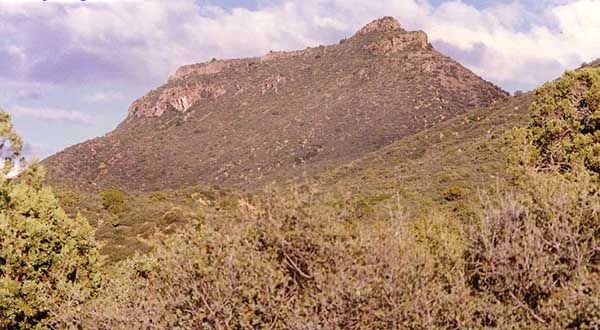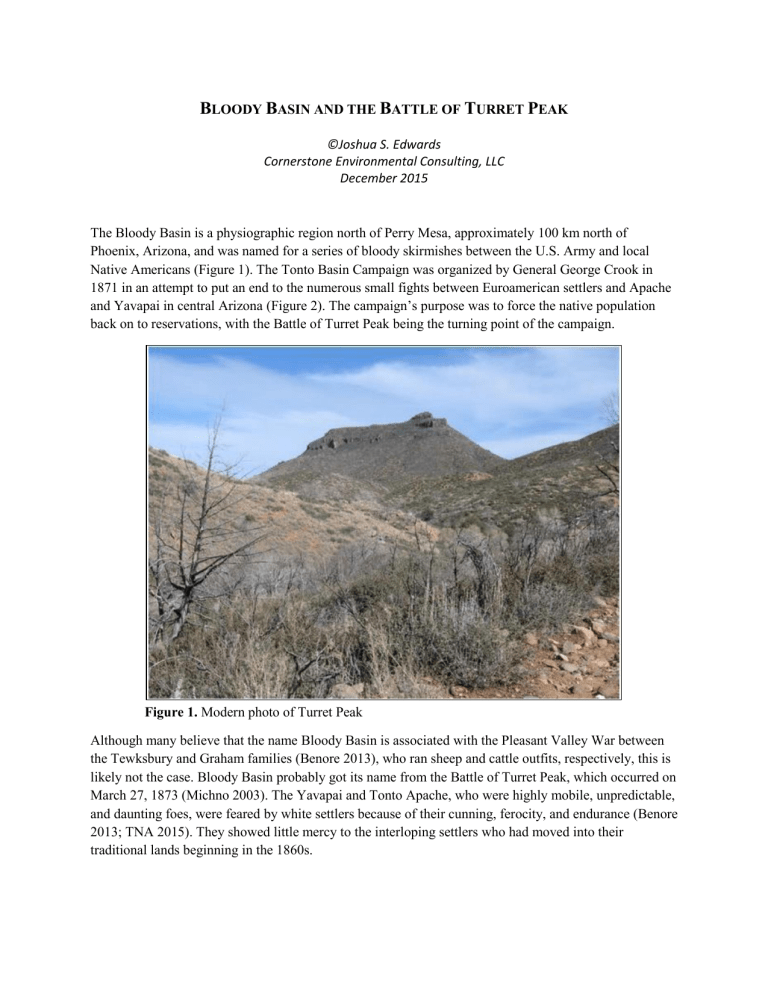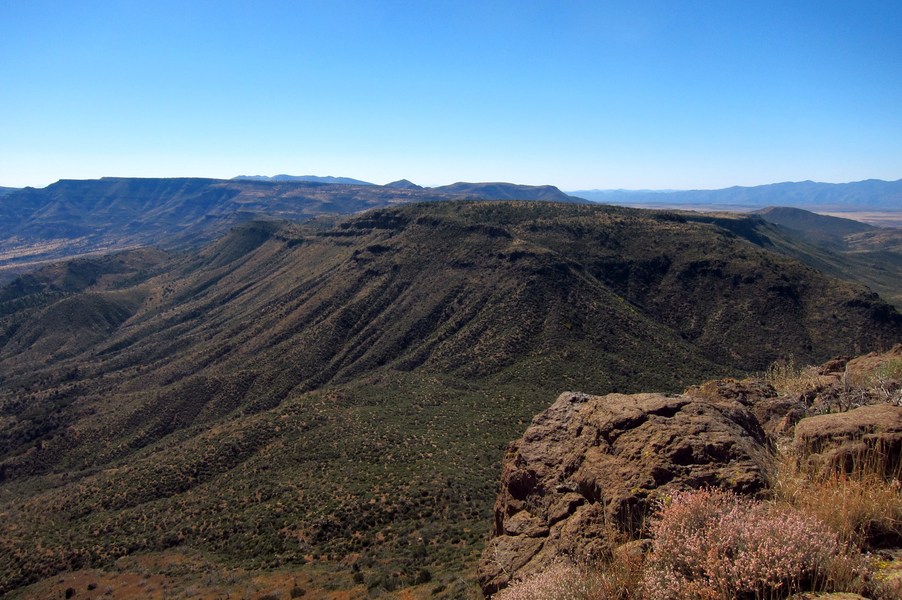
Echoes in the Stone: The Enduring Legends of Battle Turret Peak, Arizona
In the vast, sun-baked canvas of Arizona, where the earth unfolds in a tapestry of red rock, endless desert, and sky so immense it seems to swallow the horizon, certain landmarks stand not just as geological formations but as monumental storytellers. Among them, Battle Turret Peak rises with a stark, almost defiant majesty. Its jagged, formidable profile, etched against the cerulean sky, isn’t merely a testament to millennia of geological forces; it is a sentinel of time, a repository of whispers and sagas, a living monument to the legends of America’s rugged frontier.
For those who have gazed upon its imposing form, whether from a dusty jeep trail or a distant highway, Battle Turret Peak evokes a primal sense of awe and mystery. Its name alone suggests a history steeped in conflict and vigilance, a natural fortress guarding secrets known only to the wind and the ancient stones. This isn’t just a mountain; it’s a stage where the grand dramas of Native American lore, Spanish exploration, the American West, and even the unexplained have played out, leaving behind an indelible residue of myth and memory.
The Sacred Heart: Native American Lore

Before the first Spanish conquistador or American prospector ever set foot in the territory, Battle Turret Peak was already ancient, already sacred. For the indigenous peoples who have called this land home for millennia – the Yavapai, the Hualapai, the Western Apache – the peak was not merely a physical landmark but a living entity, a nexus of spiritual power and ancestral history.
"For tribes like the Yavapai, mountains like Turret Peak are often considered sacred, places of power where the physical and spiritual worlds meet," explains Dr. Anya Sharma, an ethnobotanist and expert in Southwest Native American cultures. "They are often seen as homes for spirits, places for vision quests, or even as petrified ancestors watching over their descendants."
Oral traditions speak of the peak as a guardian, a place where warriors sought strength and wisdom, and where shamans communed with the spirits of the land. Legends recount epic battles between rival tribes, with the peak serving as a strategic stronghold or a place of final stand. The very "battle" in its name could echo these ancient conflicts, not just between men, but between the forces of creation and destruction that shaped the world. Some stories speak of specific deities or ancestral heroes who reside within its crags, their watchful eyes following the cycles of sun and moon, ensuring the balance of the desert ecosystem. The petroglyphs found in nearby canyons, while not directly on Turret Peak itself, speak to the deep spiritual connection the early inhabitants had with the landscape, using natural formations as canvases for their cosmology. These ancient symbols, etched into rock, are silent testaments to a history far older than any written record, a history where the land itself was the primary storyteller.
The Lure of Gold: Spanish Ghosts and Lost Mines
With the arrival of European explorers in the 16th century, a new layer of legend began to form around Arizona’s rugged peaks. The Spanish, driven by the insatiable thirst for gold and the zeal for conversion, ventured deep into the unforgiving desert. While the fabled Seven Cities of Cibola remained elusive, the promise of mineral wealth transformed the landscape into a treasure map, each mountain a potential X.
Battle Turret Peak, with its imposing height and difficult terrain, became a prime candidate for stories of lost Spanish mines. Local lore, passed down through generations of ranching families and prospectors, often recounts tales of Jesuit priests or Spanish soldiers who discovered rich veins of gold or silver in the peak’s hidden canyons. These mines, it is said, were worked by enslaved Native Americans, their locations kept secret and guarded fiercely. But often, due to Indian uprisings, the death of the discoverer, or the sheer difficulty of transporting the ore, these mines were abandoned, their entrances meticulously concealed.
"Every significant peak in Arizona, it seems, has its tale of a mother lode waiting to be found," says Jake Thorne, a grizzled local historian and self-proclaimed amateur treasure hunter. "But Turret Peak, she’s got a special draw. Too many old-timers swore up and down about finding Spanish artifacts, old tools, or faint trail markers leading right up into those impossible cliffs. The desert keeps its secrets well, especially when there’s gold involved."
The legends speak of maps drawn on deerskin, cryptic clues carved into rocks, and even spectral guardians – the ghosts of Spanish miners or Native American workers – who protect the lost treasure from intruders. Some claim to have seen mysterious lights flickering on the peak’s slopes at night, or heard the faint clang of pickaxes echoing from its depths, drawing the unwary closer to its elusive secrets.

The Wild West Frontier: Outlaws, Cavalry, and Apache Fury
The 19th century brought the full force of the American frontier to Arizona, turning the territory into a crucible of conflict and ambition. Battle Turret Peak, by virtue of its strategic location and natural defenses, inevitably became a focal point for the dramatic clashes that defined this era. The "battle" in its name truly took on a new, more visceral meaning.
The Apache Wars, a brutal and protracted conflict between various Apache bands and the U.S. Army, raged across Arizona for decades. Mountains like Turret Peak provided ideal strongholds for Apache warriors, offering high vantage points for spotting approaching troops and intricate networks of caves and canyons for ambushes and retreats. It is entirely plausible, and widely believed in local circles, that skirmishes, if not full-blown battles, took place on or around the peak. Apache leaders, renowned for their cunning and knowledge of the terrain, would have used such a formidable natural fortress to their advantage.
"The Apache were masters of guerilla warfare, and places like Turret Peak would have been invaluable to them," explains Dr. Eleanor Vance, a historian specializing in the American Southwest. "They knew every water source, every hidden trail, and could vanish into the landscape as if by magic. For the U.S. Cavalry, pursuing them into such rugged terrain was a nightmare, fraught with ambushes and constant danger."
Beyond military conflicts, the peak also became a haven for outlaws and renegades. Arizona was a magnet for those seeking to escape the law or carve out a living on the fringes of society. Rustlers, stagecoach robbers, and murderers often sought refuge in the remote, inaccessible corners of the desert. Legends tell of outlaw gangs using the peak’s hidden caves as hideouts, stashing their ill-gotten gains within its stone walls. Perhaps even figures like the notorious Apache Kid, whose later life was spent as a renegade in Arizona’s mountains, or other lesser-known desperadoes, found temporary sanctuary in its shadows. These tales often involve shootouts, betrayals, and the eventual, often violent, demise of those who dared to defy the law in such a wild and unforgiving land.
Modern Mysteries and the Unexplained
Even in the modern age, Battle Turret Peak continues to draw the curious and inspire new legends, often touching on the unexplained. Arizona, particularly its vast, sparsely populated regions, has long been a hotspot for UFO sightings and other paranormal phenomena. The expansive, clear night skies, far from urban light pollution, provide an ideal canvas for observers, and the ancient, powerful landscape seems to invite speculation.
Stories circulate among locals and online forums about strange lights observed hovering around the peak at night, lights that move with impossible speed or defy conventional explanation. Some claim to have witnessed unexplained aerial phenomena – silent, triangular craft or glowing orbs – either descending towards or ascending from the peak’s summit. These accounts often intertwine with the peak’s ancient history, suggesting that the area might be an energy vortex, a portal, or even a landing site for extraterrestrial visitors drawn to its unique geological or spiritual properties.
"There’s something about the vast, silent desert that encourages the imagination to fill in the blanks," notes Dr. Emily Carter, a researcher of unexplained phenomena. "When people witness something truly inexplicable against such a dramatic backdrop as Battle Turret Peak, it’s natural for them to connect it to the deeper mysteries of the universe, or even the ancient legends of the land itself."
Beyond UFOs, there are also whispers of other, more subtle phenomena: unexplained disappearances of hikers or prospectors, strange animal behavior, or an unsettling feeling of being watched by an unseen presence. Some believe the peak is guarded by an ancient, malevolent spirit, or perhaps a benevolent entity that only reveals itself to those deemed worthy. These modern legends serve as a testament to humanity’s enduring need to find meaning and mystery in the unknown, even in an increasingly scientific world.
The Enduring Power of Story
Battle Turret Peak, with its rugged beauty and formidable presence, stands as a powerful symbol of the American landscape’s role in shaping our collective imagination. From the sacred narratives of its first inhabitants to the tantalizing tales of lost gold, the violent sagas of the frontier, and the enigmatic reports of modern-day anomalies, the peak is a living archive of human experience and belief.
The legends of Battle Turret Peak, much like the enduring legends of the American West itself, are more than just fanciful stories. They are cultural touchstones, reflecting the hopes, fears, triumphs, and tragedies of those who have stood in its shadow. They speak to our deep connection with the land, our yearning for discovery, our confrontation with the wild, and our eternal quest to understand the mysteries that lie just beyond the veil of everyday perception.
As the sun sets, casting long, purple shadows across the desert floor and painting Battle Turret Peak in hues of orange and crimson, one can almost hear the echoes of ancient chants, the distant clang of a prospector’s pick, the crack of a cavalry rifle, or the silent hum of something otherworldly. These echoes, carried on the desert wind, ensure that the legends of Battle Turret Peak, and indeed the legends of America, will continue to resonate, inviting new generations to listen, wonder, and perhaps, to add their own stories to the enduring tapestry of myth woven into the very stone of this majestic land.

